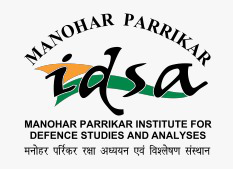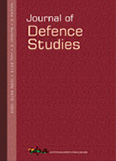India’s Military Power: A General Reflects, by Lt Gen H.C. Dutta
In this book, the author—a distinguished officer of the Indian Army who retired as an Army Commander in 1983—has written about his experiences and important events in his 37 years of military life. He was commissioned in 1948 in the first batch of gentlemen cadets from the Indian Military Academy (IMA), Dehradun, in post-independence India. He witnessed the Partition of the country and the reorganisation of the Indian Armed Forces, which gave him an insight into the many facets of national security at the grassroots level.
- Y.M. Bammi |
- October 2016 |
- Journal of Defence Studies




